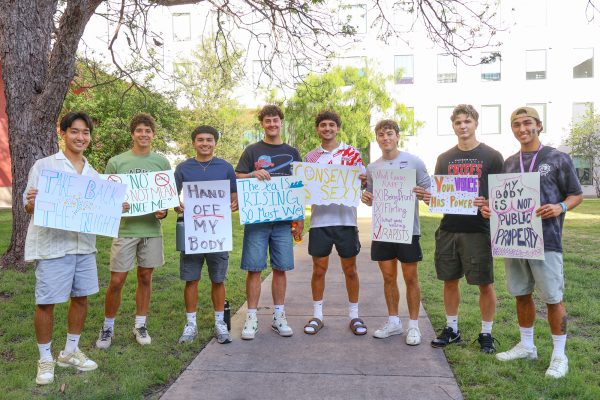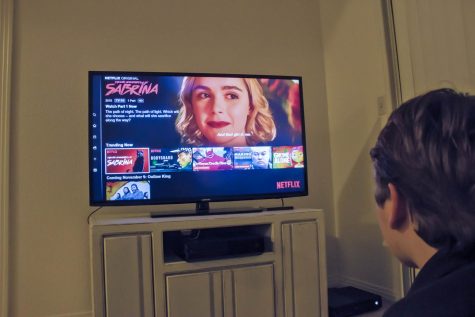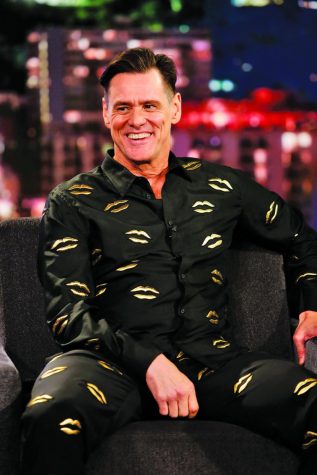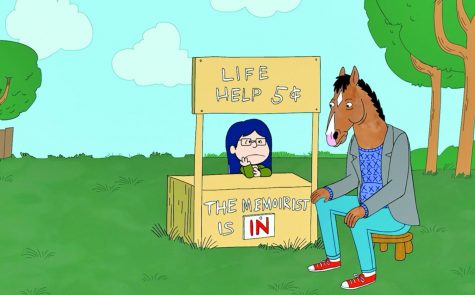CW’s new superhero series features dynamic hero-villain relationships
Every year in television, there seems to be a popular genre niche. Some years it’s crime dramas, other years it’s sitcoms. The last two years, time travel has been a consistent theme in many new shows.
The CW not only played to this trend but also to the ever growing trend of superhero shows with the series “DC’s Legends of Tomorrow.” The show follows a ragtag team of superheroes and villains who team up in order to save history and defeat an immortal dictator, Vandal Savage (Casper Crump).
The cast is pulled from the two established CW superhero series, “The Flash” and “Arrow.” From the “Arrow” side, Sara Lance (Caity Lotz), the former assassin and bisexual hero, is chosen along with Ray Palmer (Brandon Roth), genius tech developer and all around boy scout.
Leonard Snart (Wentworth Miller) and Mick Rory (Dominic Purcell) are the dichotomous thieves from “The Flash,” who are more interested in stealing than saving history. Also from “The Flash” is mechanic Jax Jefferson (Franz Drameh) and Martin Stein (Victor Garber), a genius physicist. Together these two make the hero, Firestorm.
Rounding out the cast are newcomers Kendra Saunders and Carter Hall. Both are reincarnated lovers with a personal stake in killing Vandal Savage. Finally, the team is formed and led by Time Master Rip Hunter (Arthur Darvill) who, after seeing the damage Savage has on the future, has no choice but to stop him.
The series has the team jumping from different periods in time, tracking Savage’s path across the timeline and unsuccessfully trying to stop him before he takes over the world in the year 2166. Episodes range from being set in the old west, meeting famous comic bounty hunter Jonah Hex (Jonathon Schaech), to seeing the future of “Arrow’s” Star City, 50 years in the future.
The greatest strength and weakness of the show is its ensemble cast. Not only does a larger cast of characters help to keep storylines fresh, but pairing allows for interesting dynamics and relationships to exist between the characters. However, by having so many characters in a shorter season, there is a loss of development for some of the newer characters.
This mostly occurs in the characters of Rip Hunter and Vandal Savage. Both characters are central to the plot and the motivation behind the first season yet both fall flat in multiple cases. Rip is personally motivated by his grief, but there is little on screen that allows for the audience to feel his loss or to sympathize with his cause. Savage is a one dimensional villain, wanting to take over the world basically because he can.
Even if character development is where “Legends of Tomorrow” flops in places, comic book fights and twists on the time travel genre are places where it succeeds. The show’s use of a wide team of heroes bring the closest thing to a formed Justice League to TV since the days of “Smallville.” There is something satisfying about seeing a group of heroes battling through time. The concept of the series reveals how far the ability of grand storytelling on TV has come.
“DC’s Legends of Tomorrow” is not the best executed first season of TV out there, but it tries its hardest and plants enough interesting ideas to keep viewer attention. With promises from writers of a shifting team in season two, to its intent to exist outside the grounded norms of TV, “Legends of Tomorrow” is a series to keep an eye on.










